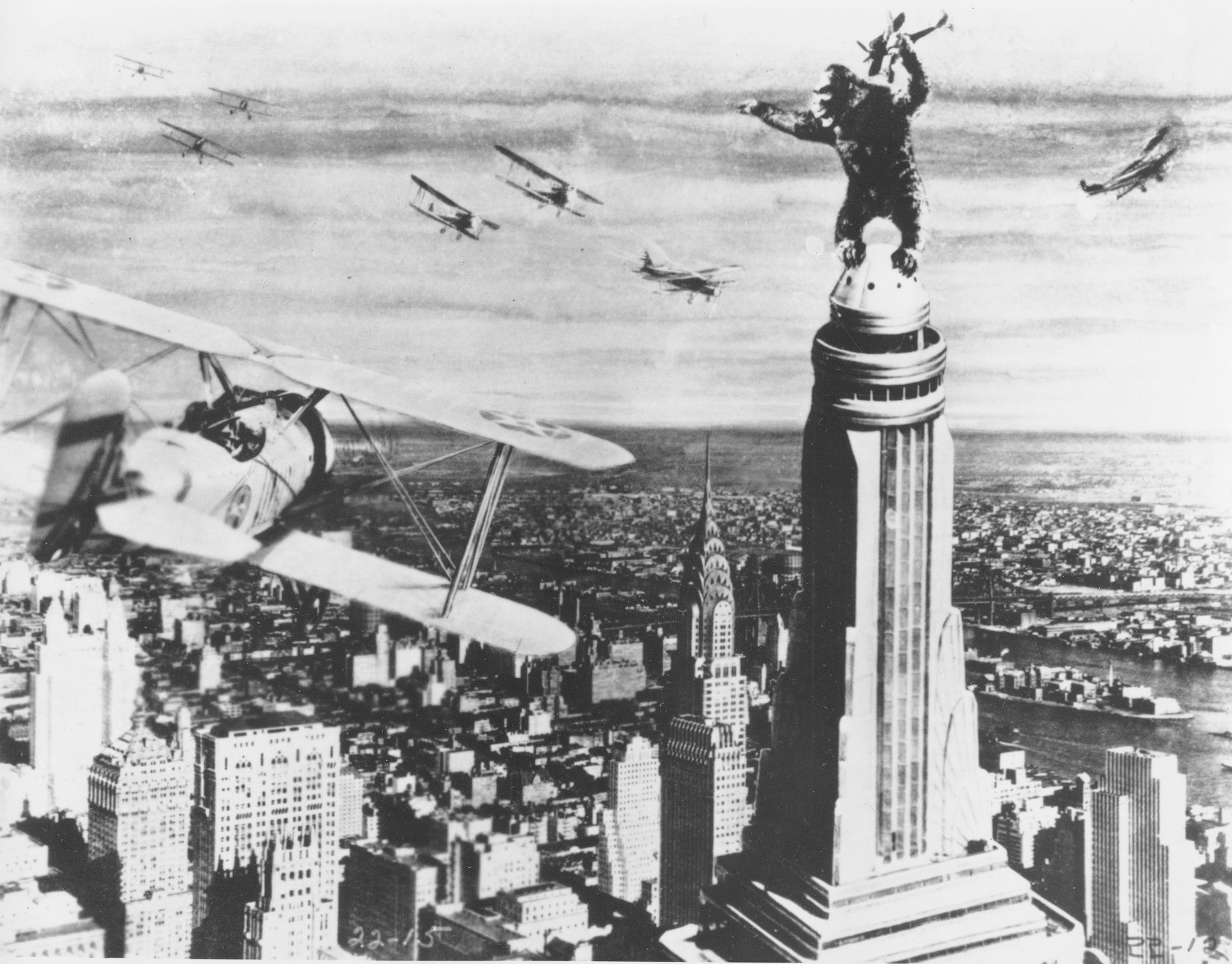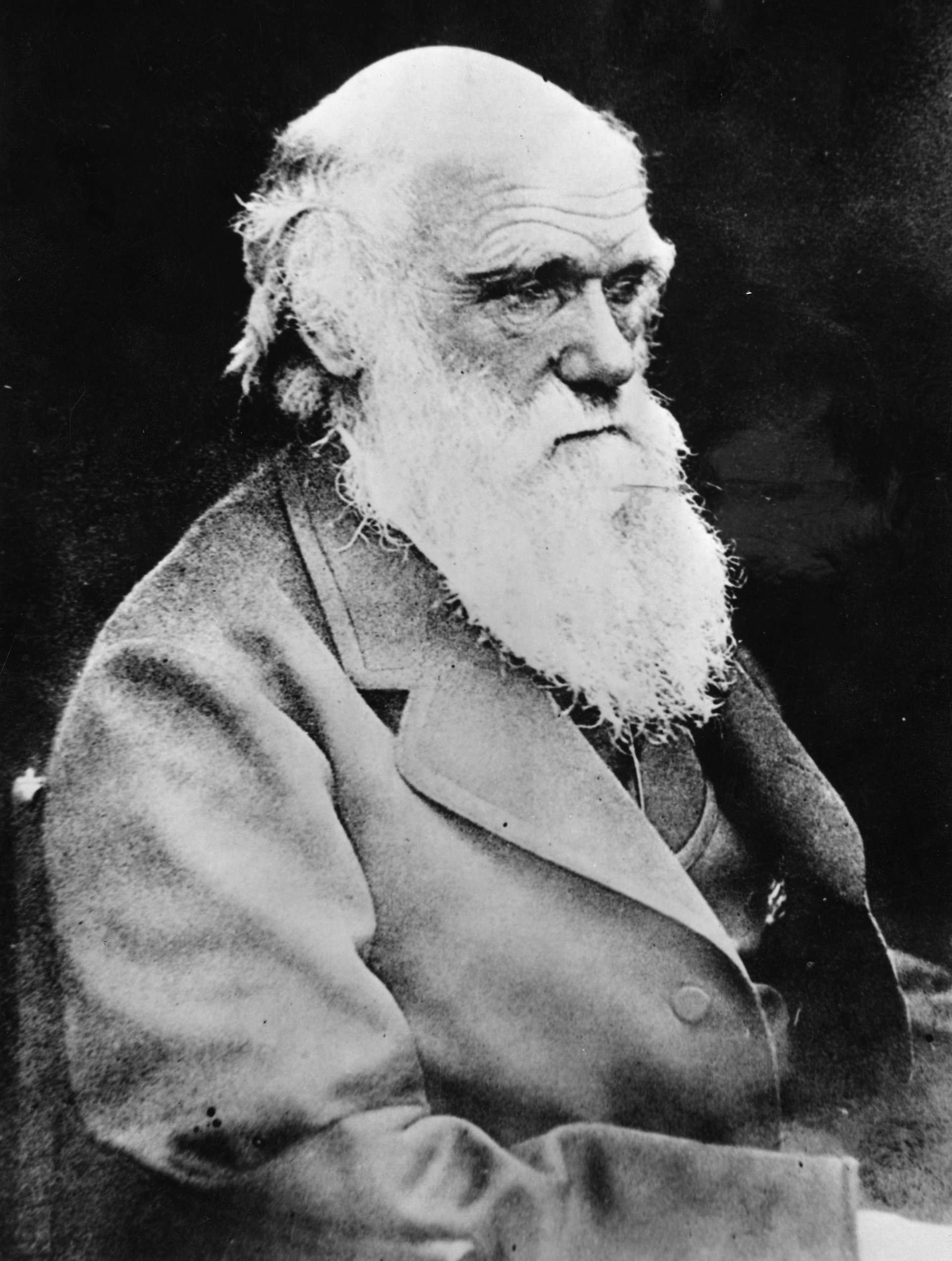For centuries the West has found it useful to compare black people to monkeys
In the history of European cultures, the comparison of humans to apes and monkeys was disparaging from its very beginning.


In the history of European cultures, the comparison of humans to apes and monkeys was disparaging from its very beginning.
When Plato—by quoting Heraclitus—declared apes ugly in relation to humans and men apish in relation to gods, this was cold comfort for the apes. It transcendentally disconnected them from their human co-primates. The Fathers of the Church went one step further: Saint Gregory of Nazianzus and Saint Isidore of Seville compared pagans to monkeys.
In the Middle Ages, Christian discourse recognised simians as devilish figures and representatives of lustful and sinful behaviour. As women were subject to an analogous defamation, things proceeded as one would expect. In the 11th century, Cardinal Peter Damian gave an account of a monkey that was the lover of a countess from Liguria. The jealous simian killed her husband and fathered her child.
Hotbed of monsters
Several centuries later in 1633, John Donne in his Metempsychosis even let one of Adam’s daughters be seduced by an ape in a sexual affair. She eagerly reciprocated and became helplessly hooked.
From then on, the sexist manifestation of simianization was intimately intertwined with its racist dimension. Already Jean Bodin, doyen of the theory of sovereignty, had ascribed the sexual intercourse of animals and humans to Africa south of the Sahara. He characterized the region as a hotbed of monsters, arising from the sexual union of humans and animals.
The history of a narrative by Antonio de Torquemada shows how in this process Africans became demonised and the demons racialised. In the story’s first version (1570), a Portuguese woman was exiled to Africa where she was raped by an ape and had his babies.
A good century onwards the story had entered the realm of Europe’s great philosophical thought when John Locke in his 1689 essay Concerning Human Understanding, declared that “women have conceived by drills.” His intellectual contemporaries knew well that the stage for this transgressing love-and-rape-story was Africa because, according to the wisdom of the time, drills lived in Guinea.
In the following centuries, simianization would enter into different sciences and humanities. Anthropology, archaeology, biology, ethnology, geology, medicine, philosophy, and, not least, theology were some of the fields.
King Kong
’s reel racism
Literature, arts and everyday entertainment also seized on the issue. It popularised its repellent combination of sexist and racist representations. The climax was the hugely successful classic of Hollywood’s horror factory, King Kong.
At the time of King Kong’s production the public in the US was riveted by a rape trial. The Scottsboro Boys were nine black teenagers accused of having raped two young white women. In 1935 a picture story by the Japanese artist Lin Shi Khan and the lithographer Toni Perez was published. ‘Scottsboro Alabama’ carried a foreword by Michael Gold, editor of the communist journal New Masses.
One of the 56 images showed the group of the accused young men beside a newspaper with the headline “Guilty Rape.” The rest of the picture was filled with a monstrous black simian figure baring its teeth and dragging off a helpless white girl.
The artists fully understood the interplay of racist ideology, reactionary reporting and southern injustice. They recognized that the white public had been thoroughly conditioned by the dehumanizing violence of animal comparisons and simianized representations, as in the reel racism of King Kong.
Labeled with disease
Animalization and even bacterialization are widespread elements of racist dehumanization. They are closely related to the labelling of others with the language of contamination and disease. Images that put men on a level with rats carrying epidemic plagues were part of the ideological escort of anti-Jewish and anti-Chinese racism.
Africa is labelled as a contagious continent incubating pestilences of all sorts in hot muggy jungles, spread by reckless and sexually unrestrained people. AIDS in particular is said to have its origin in the careless dealings of Africans with simians, which they eat or whose blood they use as an aphrodisiac.
This is just the latest chapter in a long and ugly line of stereotypes directed against different people like the Irish or Japanese, and Africans and African Americans in particular. To throw bananas in front of black sportspeople is a common racist provocation even today.
Why are blacks targeted with simian slurs?
What explains this disastrous association of black people with simians? A combination of factors might be the cause:
- The prevalence of a variety of great apes in Africa, closest in size to humans. The Asian great ape population is more limited, while in the Americas one finds monkeys, but no apes.
- The extent of the aesthetic “distance” between whites and blacks, the white perspective seeing in those of African origin greater physical “otherness” (not merely in skin color and hair texture but facial features) as compared with other “nonwhite” races.
- The higher esteem generally accorded by Europeans to Asian as compared with African civilisations.
- And above all the psychic impact of hundreds of years of racial slavery in modernity, which stamped ‘Negroes’ as permanent sub-persons, natural slaves, in global consciousness. Large scale chattel slavery required reducing people to objects. Precisely because of that it also required the most thorough and systematic kind of dehumanization in the theorization of that reality.
The origin of species
Long before post-Darwinian “scientific racism” begins to develop, then, one can find blacks being depicted as closer to apes on the Great Chain of Being. Take mid-19th century America in circles in which polygenesis (separate origins for the races) was taken seriously. Leading scientists of the day Josiah C. Nott and George R. Gliddon, in their 1854 Types of Mankind, documented what they saw as objective racial hierarchies with illustrations comparing blacks to chimpanzees, gorillas, and orangutans.

As Stephen Jay Gould comments, the book was not a fringe document, but the leading American text on racial differences.
If it now had to be conceded that we were all related to the apes, it could nonetheless be insisted that blacks’ consanguinity was much closer—perhaps a straightforward identity. Darwin’s revolutionary 1859 work, On the Origin of Species, did not discredit scientific racism but only its polygenetic variants. Social Darwinism, triumphantly monogenetic, would become the new racial orthodoxy. Global white domination was being taken as proof of the evolutionary superiority of the white race.
Tarzan
= white skin
Popular culture played a crucial role in disseminating these beliefs. The average American layperson would be unlikely to have been reading scientific journals. But they were certainly reading H. Rider Haggard (author of King Solomon’s Mines and She) and Edgar Rice Burroughs (creator of Tarzan). They were going weekly to the movies, including the genre of “jungle movies.” They were following daily comic strips like The Phantom—Africa’s white supercop, the Ghost-who-walks.
Africa and Africans occupied a special place in the white imaginary, marked by the most shameless misrepresentations. Burroughs would become one of the bestselling authors of the 20th century. Not just in his numerous books, but in the movies made of them and the various cartoon strip and comic spin-offs, of his most famous creation, Tarzan of the Apes.
Tarzan would embed in the Western mind the indelible image of a white man ruling a black continent. “Tar-zan” = “white skin” in Ape, the impressively polyglot Burroughs informs us. It is a world in which the black humans are bestial, simian, while the actual apes are near-human.
Burroughs’s work was unprecedented in the degree of its success, but not at all unusual for the period. Rather, it consolidated a Manichean iconography pervasive throughout the colonial Western world in the first half of the 20th century and lingering still today. In this conflict between light and dark, white European persons rule simian black under-persons.
Lumumba’s announcement
The Belgian cartoonist Hergé’s Tintin series, for example, includes the infamous Tintin au Congo book, which likewise depicts Africans as inferior apelike creatures.
Unsurprisingly, “macaques” (monkeys) was one of the racist terms used by whites in the Belgian Congo for blacks, as was “macacos” in Portuguese Africa. In his 1960 Independence Day speech, Congolese leader Patrice Lumumba blasted the oppressive legacy of Belgian colonialism (to the astonishment and outrage of the Belgian king and his coterie, who had expected grateful deference from the natives). He is reputed to have concluded:
Nous ne sommes plus vos macaques! (We are no longer your monkeys)
The story seems to be apocryphal – no documentation has been found for it – but its widespread circulation testifies to the decolonial aspiration of millions of Africans. Alas, within less than a year, Lumumba would be dead, assassinated with the connivance of Western agencies, and the country turned over to neocolonial rule.
Racist cross-class alliances
The use of simianization as a racist slur against black people is not yet over, as shown by the furor in South Africa sparked by Penny Sparrow, a white woman, complaining about black New Year’s revelers:
From now [on] I shall address the blacks of South Africa as monkeys as I see the cute little wild monkeys do the same, pick and drop litter.

Sparrow’s public outburst indicates the deep entrenchment of racial prejudices and stereotypes.
Cross-class alliances against declassed others are a hallmark of racism.This does not stop at class boundaries. The internet has overflowed with ape comparisons ever since Barack and Michelle Obama moved into the White House. Even a social-liberal newspaper, like the Belgian De Morgen, has deemed it kind of funny to simianize the First Couple.
Theodore W. Allen once defined it as “the social death of racial oppression,” that is:
… the reduction of all members of the oppressed group to one undifferentiated social status, beneath that of any member of the oppressor group.
Animalization remains a malicious and effective instrument of such a form of desocialization and dehumanization. Simianization is a version of this strategy, which historically manifested a lethal combination of sexism and racism.
Together with Silvia Sebastiani, Wulf D. Hund and Charles W. Mills edited a volume of the Racism Analysis Yearbook on Simianization. Apes, Gender, Class, and Race.
This article was originally published on The Conversation. Read the original article.